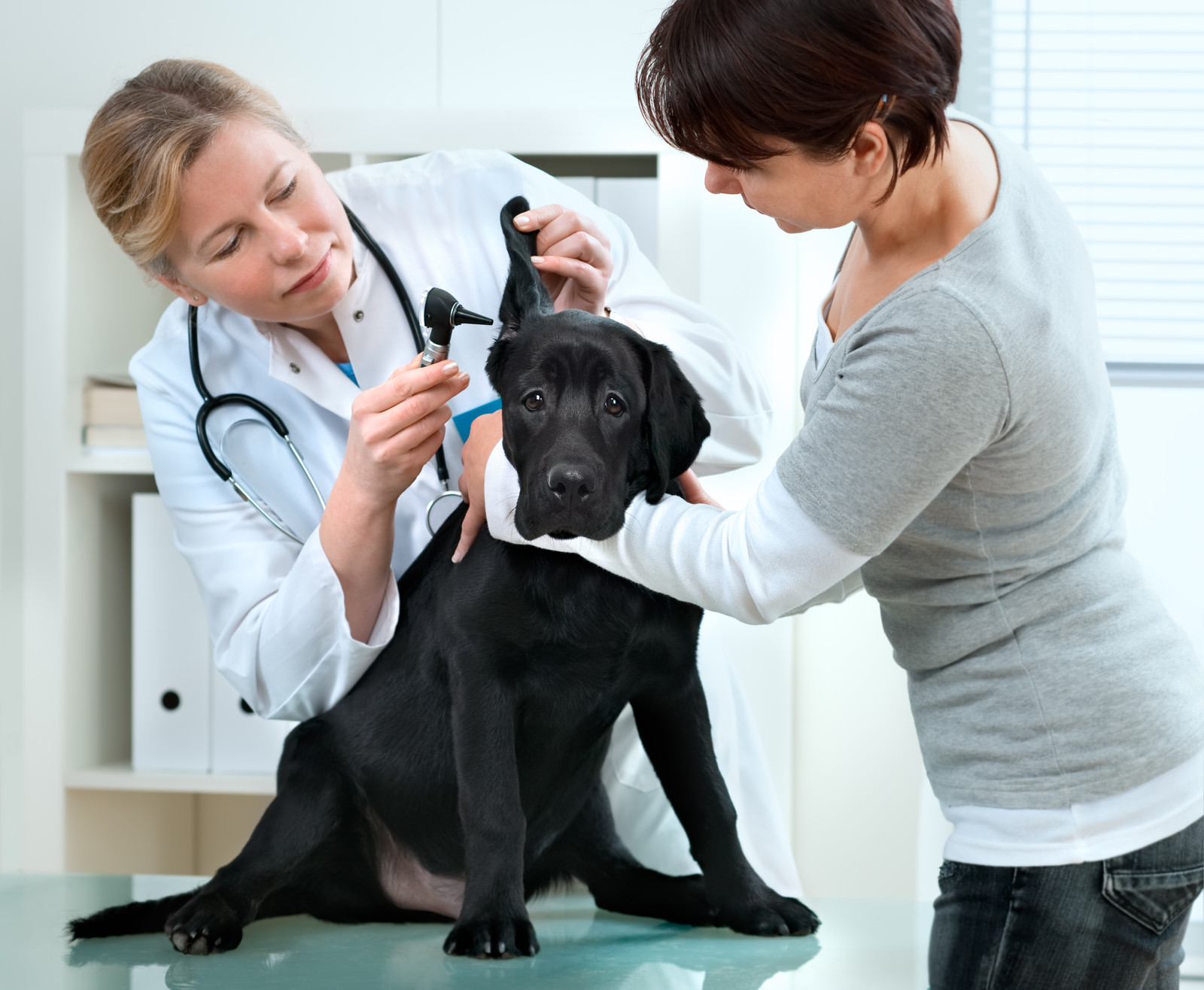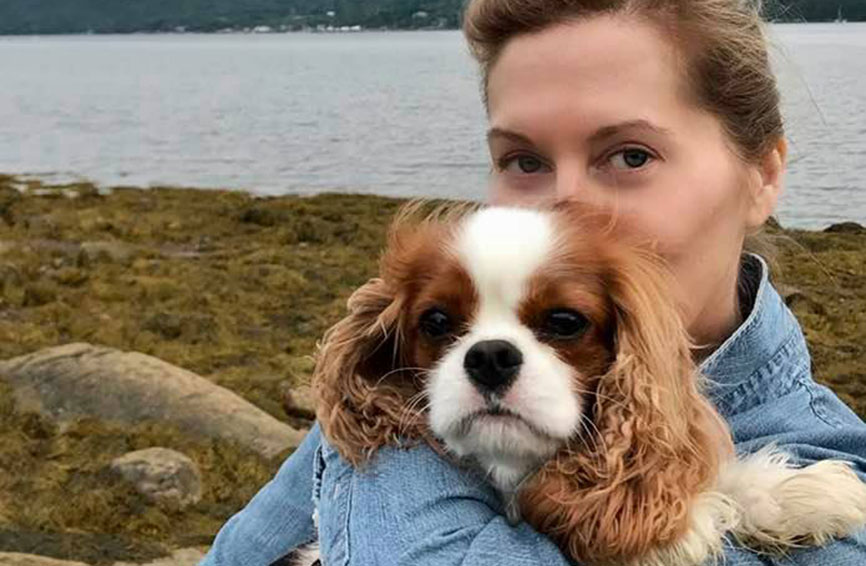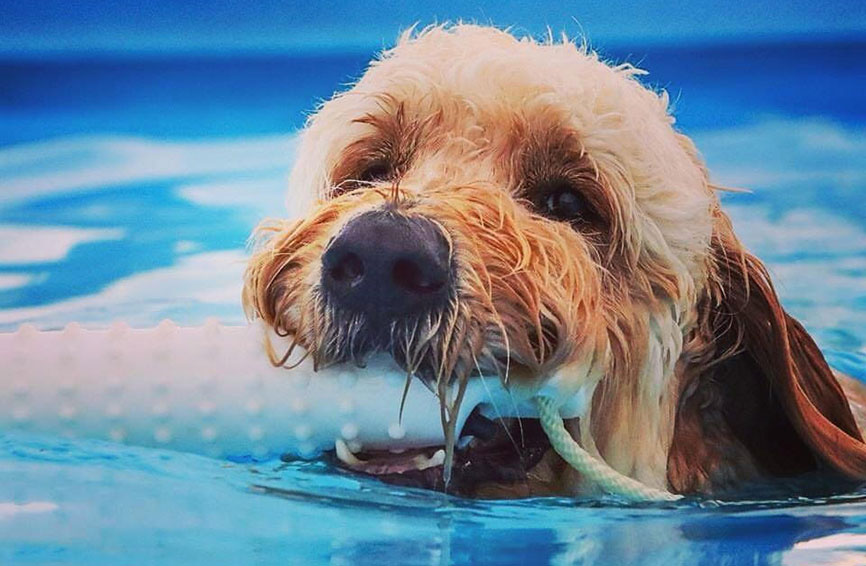Key Takeaways
- Many things have changed with the technology and practices of animal care.
- Pet medicine is shifting from reactive to proactive for a preventative approach.
- Vets can detect and diagnose illnesses in pets faster than in the past.
- Vet bills are becoming more costly than ever before.
- Pet insurance can prevent bill shock and add stress on pet parents with sick pets.
Table of Contents
When Betsy Allen and her husband bought Sudbury Animal Hospital in 1987, the two veterinarians had to perform invasive, exploratory surgeries to determine if a dog or cat had cancer. Often those discoveries were made too late, and veterinary oncologists who could effectively treat the animals were few and far between.
Today, Allen and her colleagues can detect tumors with a simple ultrasound, and a practice just up the road has five or six cancer specialists ready to treat the disease. Early diagnosis of cancer and other chronic diseases is just one of many recent advances in veterinary medicine that help pets enjoy longer and healthier lives.
“I’ve been a vet for 29 years, and my husband has been a vet for 30 years, and things have changed significantly with the technology, diagnostics, and specialty practices that can save and treat animals,” Allen says.
But as the quality of care rises, so do the costs. One bichon frisé’s gall bladder surgery recently set his family back $6,000.

Much like with human medicine, pet care is shifting from reactive to proactive to prevent some of these costly procedures, says Dana Carne, a general practice veterinarian at North Providence, R.I.-based Ferguson Animal Hospital. “Many veterinarians are encouraging clients to become more educated about their pet’s health,” Carne says. “Pet owners play a very important role in their pet’s preventative health care, such as scheduling regular check ups, screening tests, vaccinations, monthly parasite preventative medications, as well as grooming and dental care.”
Faster detection and diagnosis
Today cats and dogs undergo treatments that range from ACL surgeries to chemotherapy to lung operations. For Allen and her husband, who are both general practitioners, the greatest advancements in their field have been in detection and speed.
“The biggest change for the general practitioner is the use of ultrasound,” she says. “It doesn’t involve anesthesia and poses no danger to the pet. That’s huge for an everyday tool.” Vets conduct abdominal ultrasounds and echocardiograms to detect conditions such as kidney infections and tumors, or to determine the location of swallowed objects that must be surgically removed. Veterinarians now also routinely conduct CT scans and MRIs to detect joint fractures and torn ligaments.
Faster response time is another benefit of modern veterinary care. While Allen used to send blood work to labs faraway for next-day analysis, her hospital’s in-house lab can now deliver results in ten minutes, she says. Digital radiology lets Allen send X-rays to specialists who can analyze and report back on complicated images within the hour.
Advances in step with human medicine
The research in veterinary medicine and surgery is constantly evolving, much like human care. “Over the past decade, some of the trends in surgery are moving toward making procedures less invasive and less risky while improving recovery times,” Carne says. Laparoscopic surgery, which involves making very small incisions to perform the same surgeries that used to require large incisions to open up a body cavity such as the abdomen, thorax or a joint capsule, are increasingly common.
More vets also are turning to endoscopy, inserting a long tube into places like the intestines to visualize internal structures and perform minor procedures like biopsies, Carne says. “A common use of endoscopy is to remove a toy or other foreign object from a dog’s stomach via the mouth instead of surgically entering the stomach through the abdomen.”
A heftier bill to foot
Americans spent a record $56 billion on their pets in 2013, $14 billion of which went to veterinary care, according to the American Pet Products Association. When the group first started tracking spending in 1994, that figure was $17 billion annually.
“In 1987, a massively huge veterinary bill — your dog was sick for a week or had major surgery — was $500,” Allen says. “Now it’s not unusual for me to hear of six, seven, eight thousand dollars in unanticipated medical expenses.”
For many pet owners, the benefits of pricey procedures outweigh the costs. “We paid the whopping hospital bill with no regrets,” Roz Warren, grandmother of the bichon who underwent gallbladder surgery, writes in the New York Times. “Max, alive and well, is worth every penny.” Allen says that she knows a man who came out of retirement to pay for his cat’s $15,000 procedure.
Others are turning to pet insurance to minimize costs. Shandi Fosback, assistant manager on the Customer Care Team at Healthy Paws Pet Insurance, says that she frequently processes claims for cruciate ligament surgeries that cost between $4,500 and $6,000. Allen says that she and her husband see torn ACLs more often these days, in part because parents aren’t helping their pets maintain healthy weights. “We as a society are overfeeding ourselves and we’re overfeeding our pets, which leads to many more orthopedic problems,” she says.
And one injury often increases a dog’s likeliness to have another. “If a dog tears the cruciate ligament in one leg, the other leg will often have the same problem within approximately 18 months,” Fosback says. Her team also sees cases of Intervertebral Disc Disease (IVDD) among small or long-backed dogs like dachshunds, bassets, Shih Tzu and French bulldogs, she says. These slipped or herniated discs in the back or neck result in claims between $6,000 and $8,000 for the initial diagnostics, hemilaminectomy surgery to repair the disc, and rehabilitation.
“As veterinary medicine is becoming more and more like human medicine, general practice veterinarians are often able to refer sick pets for specialized diagnostics and treatments,” Carne says. Veterinary oncologists are one example of specialists that are increasingly accessible for pets and their owners.
Fosback says that she commonly processes claims for lump and growth removal of cancerous masses. Procedures for removal, radiation and chemotherapy cost between $10,000 and $12,000 over the course of treatment, she says. Several veterinary specialty centers and teaching hospitals across the country are using CyberKnife radiosurgery to treat specific types of cancers in pets. While radiation and chemotherapy require treatments every two to four weeks, the CyberKnife treatment is a one-time procedure. Still, it costs $10,000 to $12,000, Fosback says.
Pet health shifts from reactive to proactive
Pet owners who understand the potential costs of caring for their animals can plan ahead to prevent bill shock. ACL tears, for instance, are common among overweight dogs because of additional stress on their knees, Allen says. Keeping dogs slim and active could prevent costly remedies down the line.
“Many veterinarians are encouraging clients to become more educated about their pet’s health,” Carne says. “One of the best resources for accurate and up to date information is not Dr. Google, but your pet’s primary veterinarian.” Other trustworthy online resources, such as the American Veterinary Medical Association site and veterinary university websites, can help pet parents keep their animals happy and healthy.







